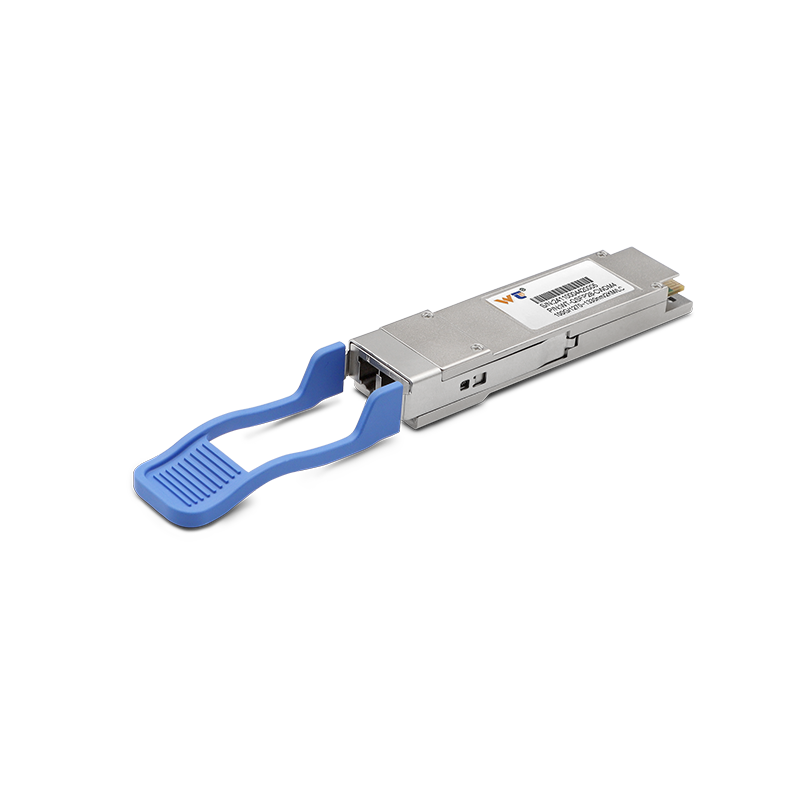The world of networking is complex yet fascinating. One protocol that plays a pivotal role in facilitating communication across networks is the Internet Control Message Protocol (ICMP). Think of ICMP as the network traffic cop. It is not responsible for transferring data between computers directly. Instead, it manages and reports issues that may arise in the network. In essence, ICMP helps ensure that data packets travel efficiently from source to destination. This protocol serves to maintain reliability through error handling, diagnostics, and operational information.
ICMP was conceived in the early 1980s, emerging as a crucial component of the Internet Protocol Suite, outlined in RFC 792. This suite facilitates communication between networked devices. ICMP uses a simple message format to encapsulate information about network conditions. Common tasks include managing error messages, such as Destination Unreachable and Time Exceeded. The latter signifies that a packet has taken too long to reach its destination, prompting the sender to review its routing decisions. Furthermore, ICMP enables diagnostic tools like ping and traceroute, which are invaluable for network administrators in troubleshooting connectivity problems.
ICMP primarily utilizes two types of messages: error messages and informational messages. Error messages report issues encountered during data transmission, while informational messages provide updates about the success of packet delivery. The structure of an ICMP message includes a type field, code field, and checksum, followed by additional data for context. For instance, when an ICMP Echo Request is sent via ping, it receives an Echo Reply back, confirming connectivity. This two-message exchange is fundamental for testing and diagnosing network health.
When ICMP operates, it functions as a layered protocol within the Internet Protocol Suite. The first step involves sending an ICMP message encapsulated within an IP packet. The network devices then interpret the message to determine whether problems exist. If a data packet is undeliverable, the router generates an ICMP error message to the sender. Importantly, ICMP operates at the network layer, allowing it to interact directly with IP addresses and facilitate communication between devices, thus maintaining the overall health of the network.
ICMP proves invaluable across various application domains. Network diagnostics are perhaps its most recognized application. Tools like ping utilize ICMP to ascertain if a host is reachable. Additionally, ICMP supports traceroute, which maps the journey of packets across multiple hops. On a larger scale, network monitoring systems utilize ICMP for consistent health checks, ensuring network infrastructure operates efficiently. Furthermore, cybersecurity employs ICMP for reconnaissance and auditing network devices, revealing potential vulnerabilities.
Looking towards the future, ICMP is evolving to meet modern networking demands. With the rise of Internet of Things (IoT) devices, the necessity for streamlined communication is paramount. Enhanced ICMP features may emerge to support high-speed advancements, accommodating real-time data exchange. Additionally, as cybersecurity threats become more sophisticated, ICMP’s role in monitoring potential attacks is likely to expand, emphasizing the need for secure configurations. This evolution signifies that ICMP is not just a relic of the past but remains relevant in shaping the future of networking protocols.
As with any technology, standards govern ICMP to ensure consistent performance across devices and vendors. The primary standard is rooted in RFC 792, but subsequent documents have provided clarifications and enhancements. These standards dictate the construction, handling, and responses associated with ICMP messages. Adherence to these standards fosters interoperability, allowing different devices to communicate seamlessly in various networking environments. As networking continues to evolve, keeping up with these standards will be crucial for maintaining robust, secure, and efficient connectivity.
In summary, ICMP is a fundamental yet often underappreciated protocol that underpins much of the network's functionality. Its role in error reporting, diagnostics, and general operational information is indispensable. Understanding ICMP is essential for anyone interested in networking, as its principles remain vital for the future of our interconnected world.






